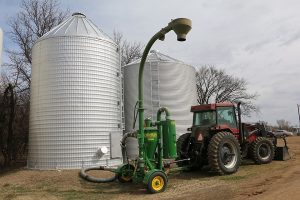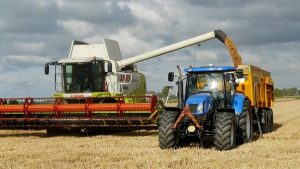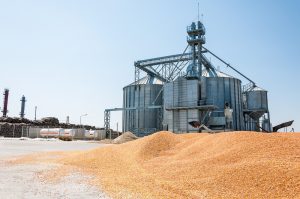
The Occupational Safety and Health Administration (OSHA) have ramped up this year’s OSHA Summer Safety campaigns. With the onset of summer, the risks and dangers of working in triple-degree weather have risen with the thermometer. Heat can be one of the biggest risks to any outdoor or indoor working environment. Without the proper precautionary measures, workers can be at risk for heat stress, exhaustion, or even heat stroke. Hence, OSHA is placing emphasis on the dangers of hot weather to the workplaces.
The Experts Weigh In
According to acting Assistant Secretary of Labor Jordan Barab, the extreme temperatures of the summer weather won’t just be uncomfortable; the conditions can also be life-threatening. OSHA Summer Safety has made it a point to issue bulletins and reminders to both employers and workers across the country about the proper safety measures to be taken when working in the summer weather.
OSHA reminds the workforce that high temperature, humidity, the lack of a sufficient supply of water, and physical stress can lead to a variety of health risks. This includes irrational behavior, loss of consciousness, confusion, and heatstroke.
OSHA Summer Safety Measures
OSHA has then ensured that their bulletins on Protecting Workers from the Effects of Heat as well as Working Outdoors in Warm Climates are properly disseminated among the workforce. Individual states’ Department of Health has reminded to take proper measures to protect their workers from extreme heat. Some great measures to combat heat stress include:
- Avoiding drinks with caffeine, alcohol, or excessive sugar, which can cause workers to become dehydrated.
- Providing workers with at least two to four cups of water every hour. Hydration is the key.
- Limitations on outdoor work during the high-temperature points of noon and early afternoon. If possible, schedule frequent breaks in an air-conditioned area. It’s important to pace workers at high-heat moments.
- Recommending colored and loose-fitting clothing, sunglasses, and sunscreen. It’s an excellent way to avoid sunburns.
OSHA Summer Safety has made great strides in keeping both employers and employees informed about the risks of high heat. By taking careful consideration of these precautions, employees and workers can stay protected against the dangerous risks of extreme heat.
To see more vital reminders and precautions to be taken in the workplace, head to KCSupply.com and see how safety in the workplace can be taken even further.
#1 – Nationwide announces 2019 Grain Bin Rescue Tube recipients
#2 Tips on working safely in hot weather
https://www.osha.gov/news/newsreleases/trade/06222009
https://blog.societyinsurance.com/10-safety-tips-for-working-in-hot-weather/
https://www.safetyandhealthmagazine.com/articles/working-safely-in-the-heat
#3 Grain Rescue Tube Article – Why we Believe (See Attached)
#4 Harvest Safety Tips
https://www.stewartseeds.com/en-us/agronomy-library/harvest-safety-tips.html
https://www.farmprogress.com/safety/8-steps-ensure-safe-harvest
https://www.agprofessional.com/article/make-safety-your-no-1-priority-harvest



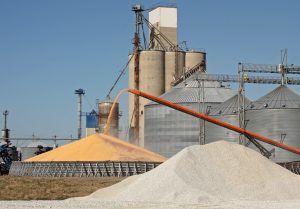
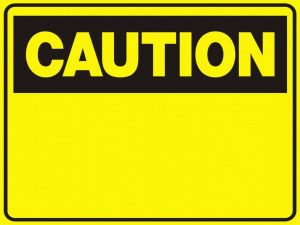

 Pressure/vacuum relief valves are required if you have fixed roof atmospheric storage tanks. The relief valve is mounted on the storage tank’s nozzle opening, and it protects your tank from imploding or rupturing.
Pressure/vacuum relief valves are required if you have fixed roof atmospheric storage tanks. The relief valve is mounted on the storage tank’s nozzle opening, and it protects your tank from imploding or rupturing.